The world has seen the progress of finding information traced back on the development of written language, which allowed humans to record and share the information more effectively. Over the time, various methods and technologies have been developed to make information more accessible and easier to find. Some key milestones in the history of searching information are: libraries which are believed to be started from 2600 BCE in ancient Sumeria and lead to grow as big as Library of Alexandria in Egypt, the largest and famous library in the ancient world. After a long gap, the printing press was invented at 1440 by the Johannes Gutenberg and publishes books, Newspapers and magazines for specific information. As the volume grows, the demand was focused on finding the books and chapters inside the library that led to developing catalogs in 19th century. It was almost substituted by online database in and around 1970s, which revolutionized the way we access and search for information. The database owned by specific sites could again be considered as not convenient, hence, the market driven products like search engines (Google, Yahoo, Bing etc) that uses algorithm came to the forefront to bring the information and served the people based on key words.
The searching for files on Windows computers were typically done using the Windows File Search feature before the Windows Vista in 2006 launched. This feature was available in earlier versions of Windows, such as Windows 98, Windows 2000, and Windows XP. The search and find button used to led the users a list of files matching the search. This method of searching for files was not as advanced as the Windows Search feature that came later, and it could be slower and less effective. However, after the Windows Vista, we can find the any piece of information from the text of our store as we need, that also revolutionize the searching pattern as the catalogues support the libraries.
Upto this journey, the voice could be recognized, any writing input accepted, images are also recognized by some AI platforms, however, the gap is to receive the outcome of processed information in the form of text was challenges, where human presence was demanded.
In recent years, the artificial intelligence (AI) technology like natural language processing(NLP) and machine learning have been developed to make the searching more effective. Virtual assistants like Siri, Alexa and Google assistant even gone to the understanding the voices to amaze the people and serve accordingly. In the pretext of information hungriness, people are fed with new, updated and extended service in almost every sector. At the same time, another way communicating and sharing the information is to talk in person each other for centuries, however, recent trend juxtaposed when Marck Zukerberg and other developers focused on Social Medias and Meta Verse. The COVID-19 further pushed the people toward the virtual world that may reshape the future of mega conferences and trying to turn into cost effective discourse. If the conferences and businesses are virtually accepted, then we can think of financial benefit for these two sectors, in particular. Acceptance of Social Media by the public as a part of reality of the life, the robotic conversation with trained humanoid chatters has created and inspired to the Elon Musk, Sam Altman and other teammates to develop the Artificial Intelligence like chatGPT and other technologies.
Upto this journey, the voice could be recognized, any writing input accepted, images are also recognized by some AI platforms, however, the gap is to receive the outcome of processed information in the form of text was challenges, where human presence was demanded. In this juncture, the ChatGPT emerged and garnered the highest and fasted growing number of users in short span of time after its launch. The ChatGPT is an artificial intelligence chatbot developed by OpenAI and released in November 2022. ChatGPT can interact in a conversational way and perform various tasks such as writing code, composing music, poem and essays, answering questions, and creating the content. ChatGPT could potentially reduce the need of presence of human that change the world by providing a new way of accessing the information and generating creative outputs. ChatGPT could also enable new forms of communication and entertainment, as well as education and research. Although the core function of a chatbot is to mimic a human conversationalist, ChatGPT is versatile. It can write and debug computer programs, mimic the style of celebrity, CEOs and write business pitches, compose music, teleplays, fairy tales and student essays, answer test questions (sometimes, depending on the test, at a level above the average human test-taker). However, ChatGPT also faces some limitations and challenges, such as factual accuracy, ethical issues, social impact, and safety concerns. Therefore, ChatGPT's developers and users need to be aware of these issues and use the chatbot responsibly and respectfully.
Our society is really divided on having virtually interacting growing/grown up kids to their physically interacting grandparents and compares the intelligentsia among each other’s. Similarly, the major challenges seen while using ChatGPT or its tycoon counterpart like google’s’ Bard or any other chatbot, where you can process the information and produce the composed texts may challenge the corporate practices of dominancy on knowledge power. The ChatGPT and its counterpart brands may try to improve or vary some component or features for its survival or its existence as we have seen the merging, selling and buying spree of the yahoo, YouTube, internet explorer and others, which may goes even in this fraternities as well. ChatGPT does not have individual users like social media platforms do.
ChatGPT is designed to provide conversational assistance and answer questions, while social media platforms offer a range of features for users to connect, share, and interact with others.
Social media platforms, on the other hand, have a user base that consists of people who create profiles, connect with other users, and share information and content with their network. Social media users typically engage with the platform in various ways, including browsing content, posting updates, commenting, and sharing. While ChatGPT and social media platforms are both used for communication and information exchange, they differ in terms of their functionalities and user experiences. ChatGPT is designed to provide conversational assistance and answer questions, while social media platforms offer a range of features for users to connect, share, and interact with others.
As a limitation, we have already observed that ChatGPT sometimes writes plausible-sounding but incorrect or nonsensical answers and looks like "hallucination". The reward model can be over-optimized and thus hinder performance. The limited knowledge of events that occurred after September 2021 makes it little outdated. While training, human reviewers preferred longer answers, irrespective of actual comprehension or factual content. Sometimes, training data also suffers from algorithmic bias.
Main threats so far considered using chatGPT is academic plagiarism, lack of source citations and questions of human capabilities and competencies. Hope, everything we considered as short comings or destitute, are immediately addressed, and water marking to the content, adding the sources could come up. In any case, we can consider as socialistic approach as it offer access of information to all, the analogy to our constitution, which says “towards socialism”.
The Author is Faculty of Technology Chief and Spokesperson for Nepal Academy of Science and Technology (NAST).






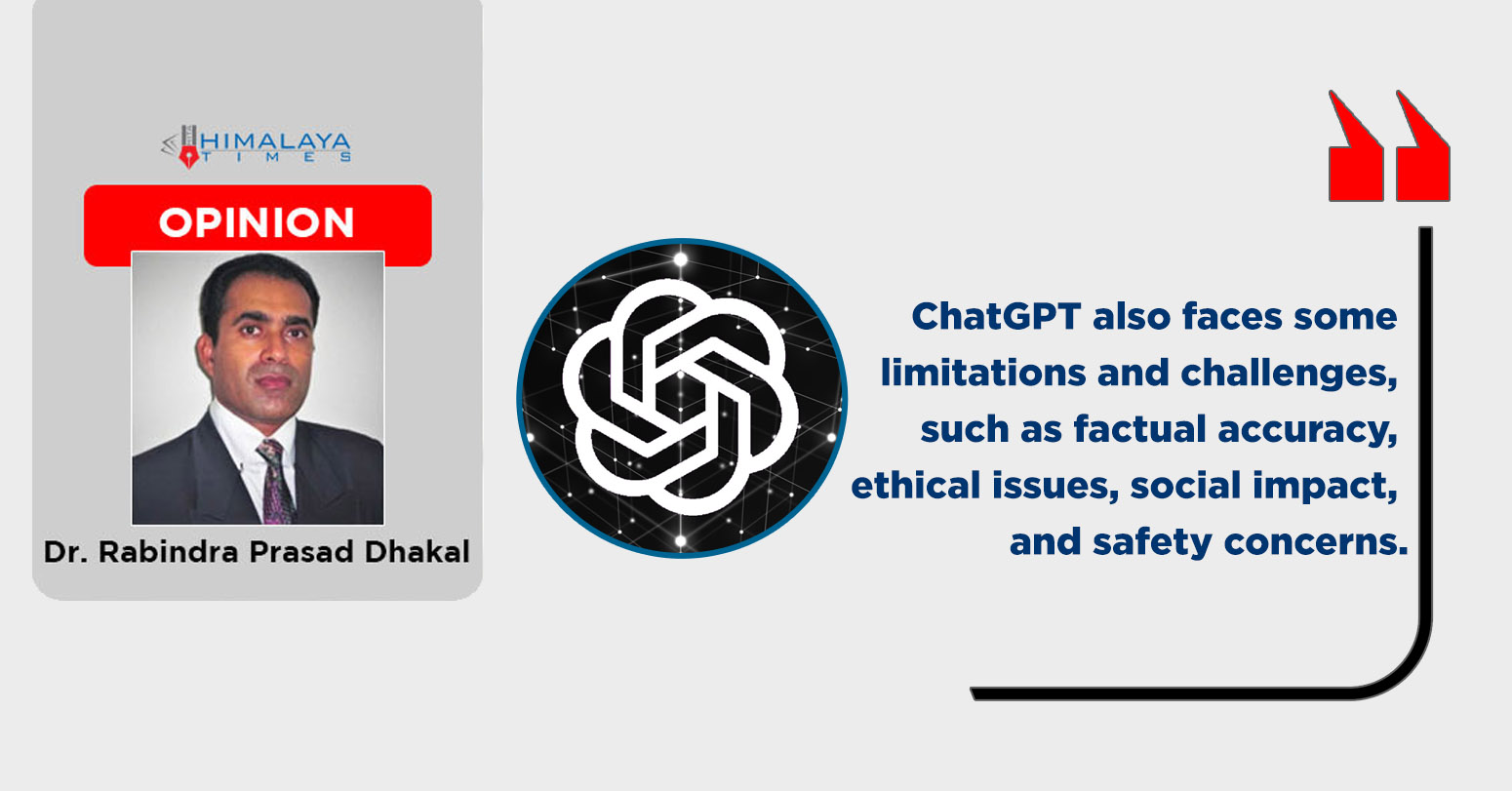
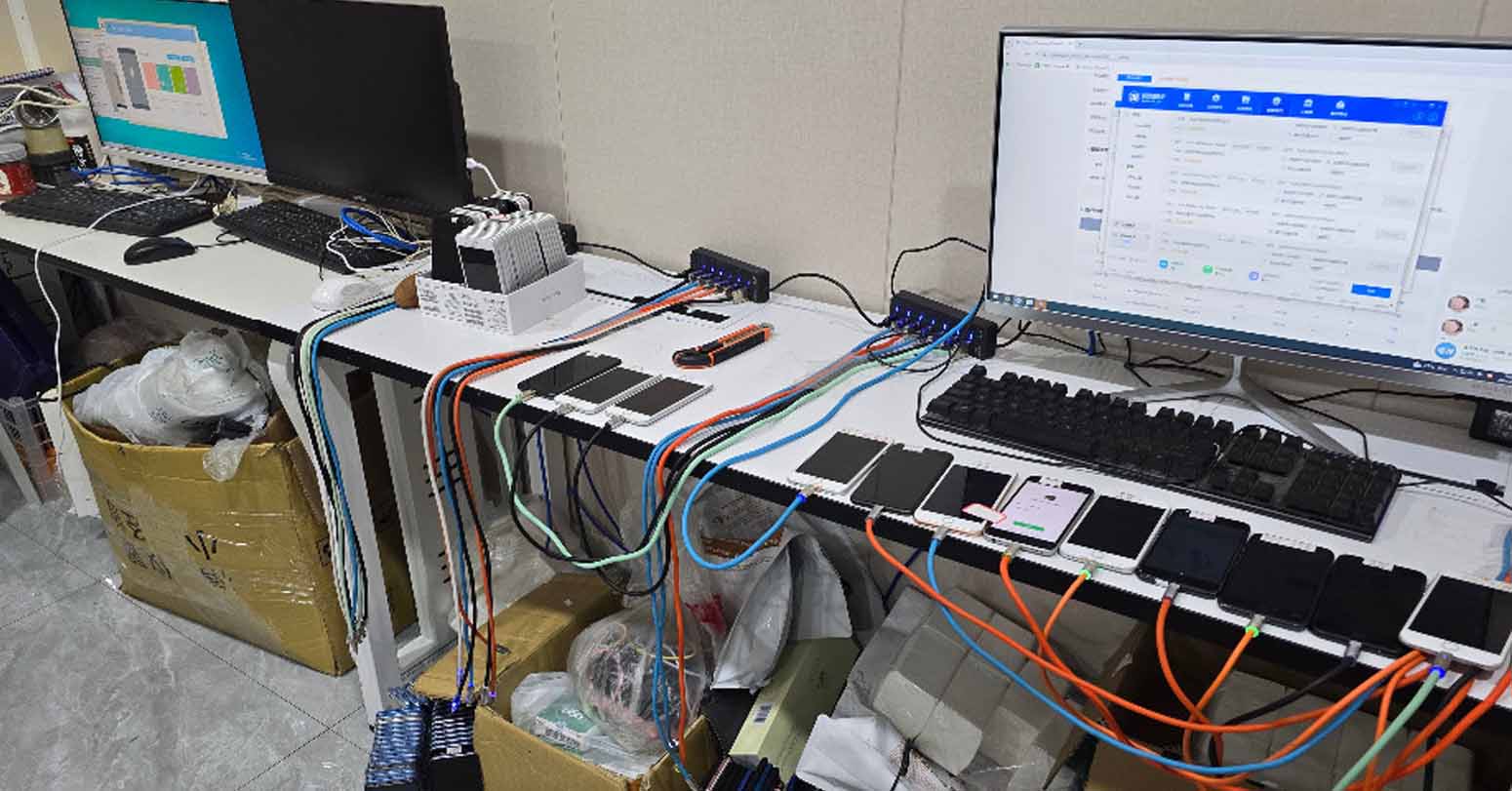

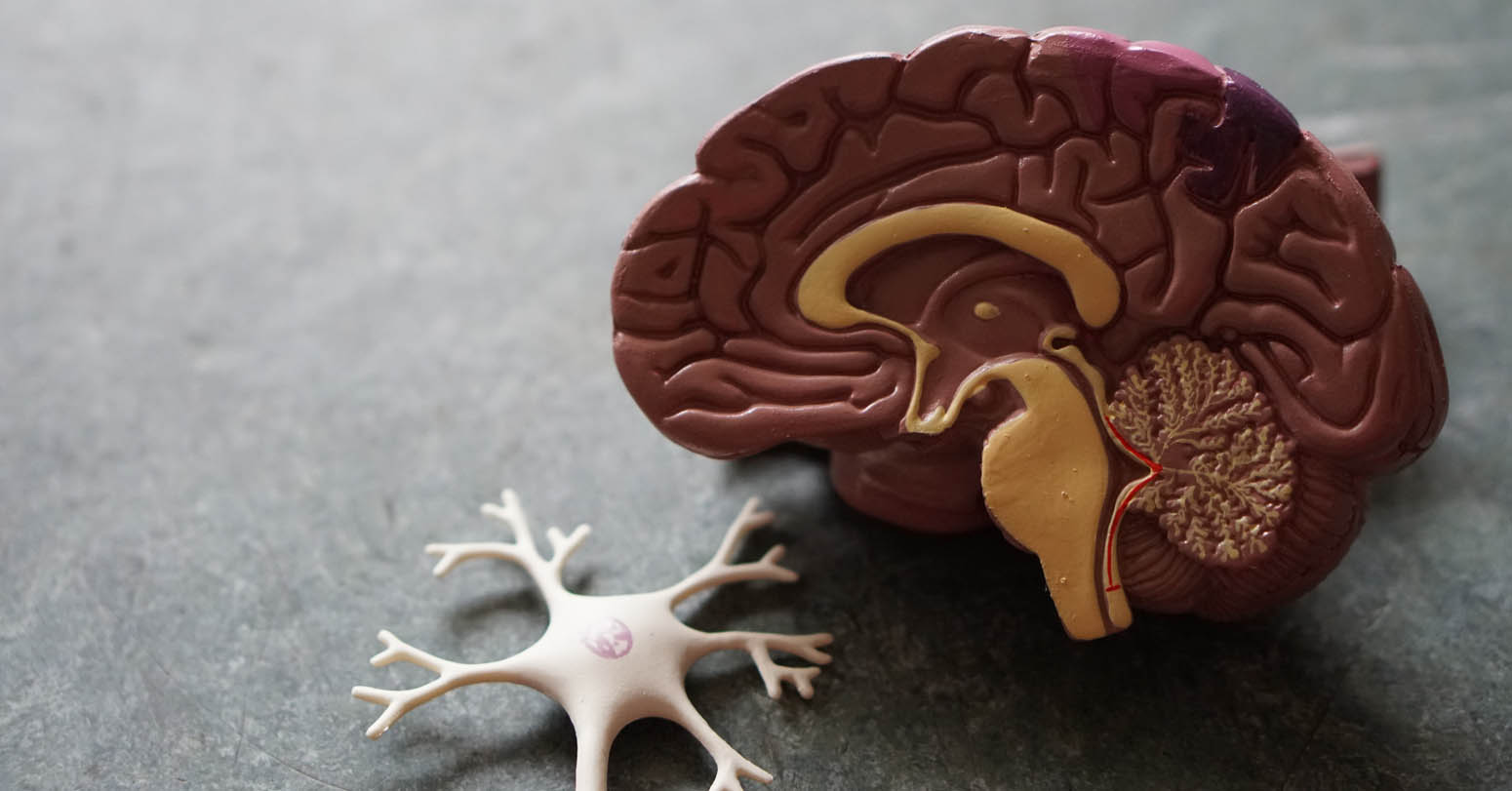
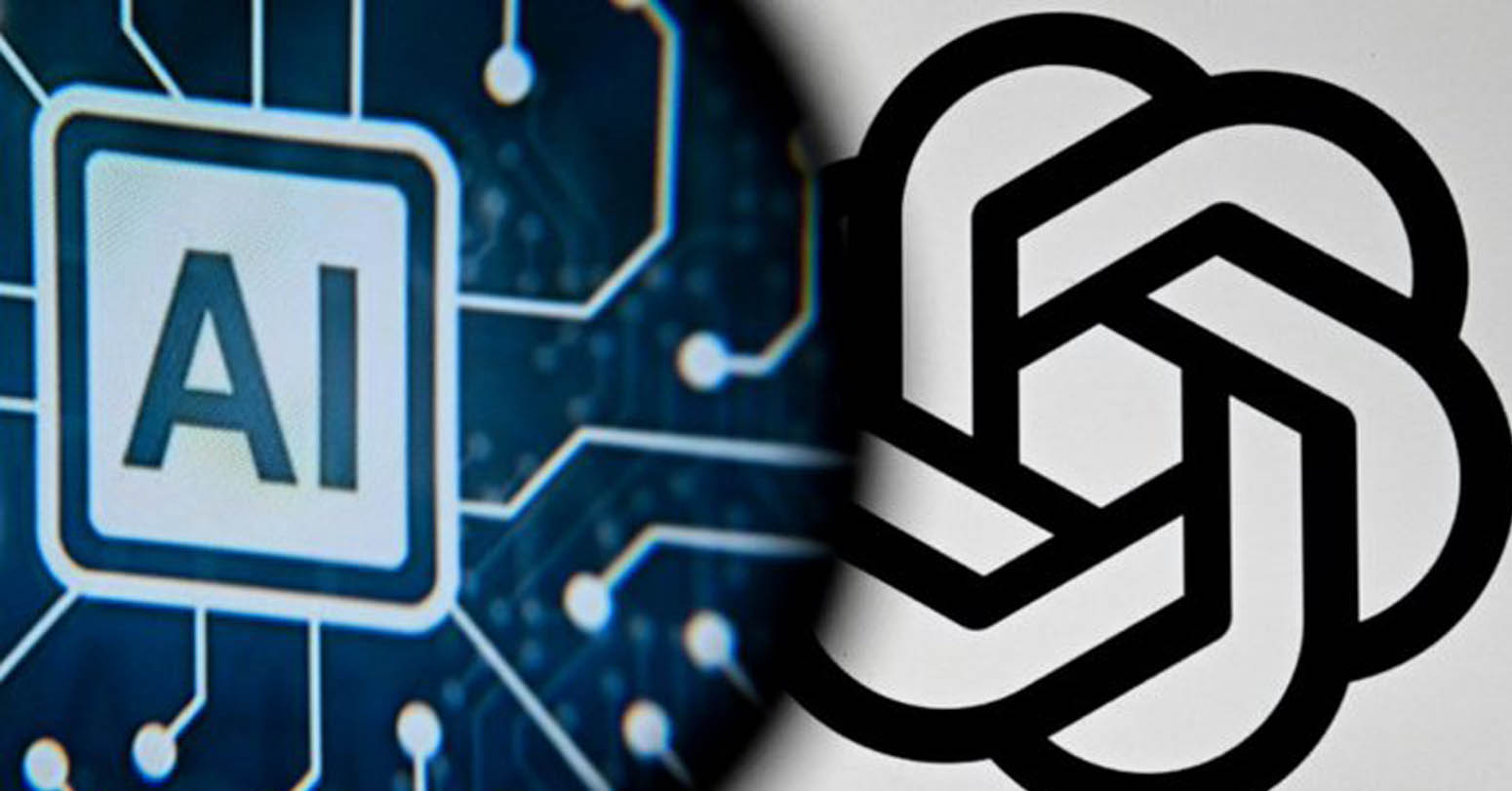



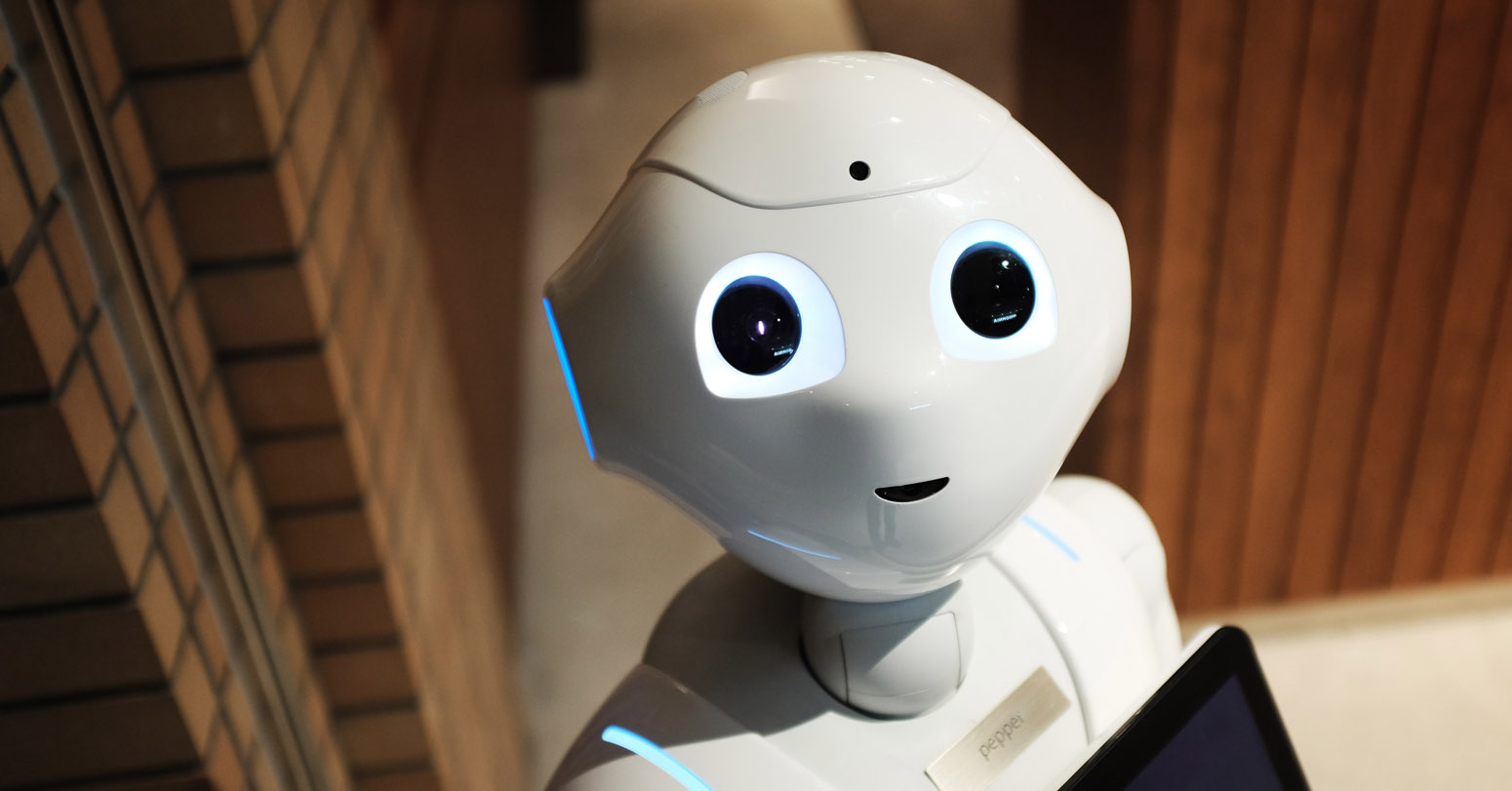

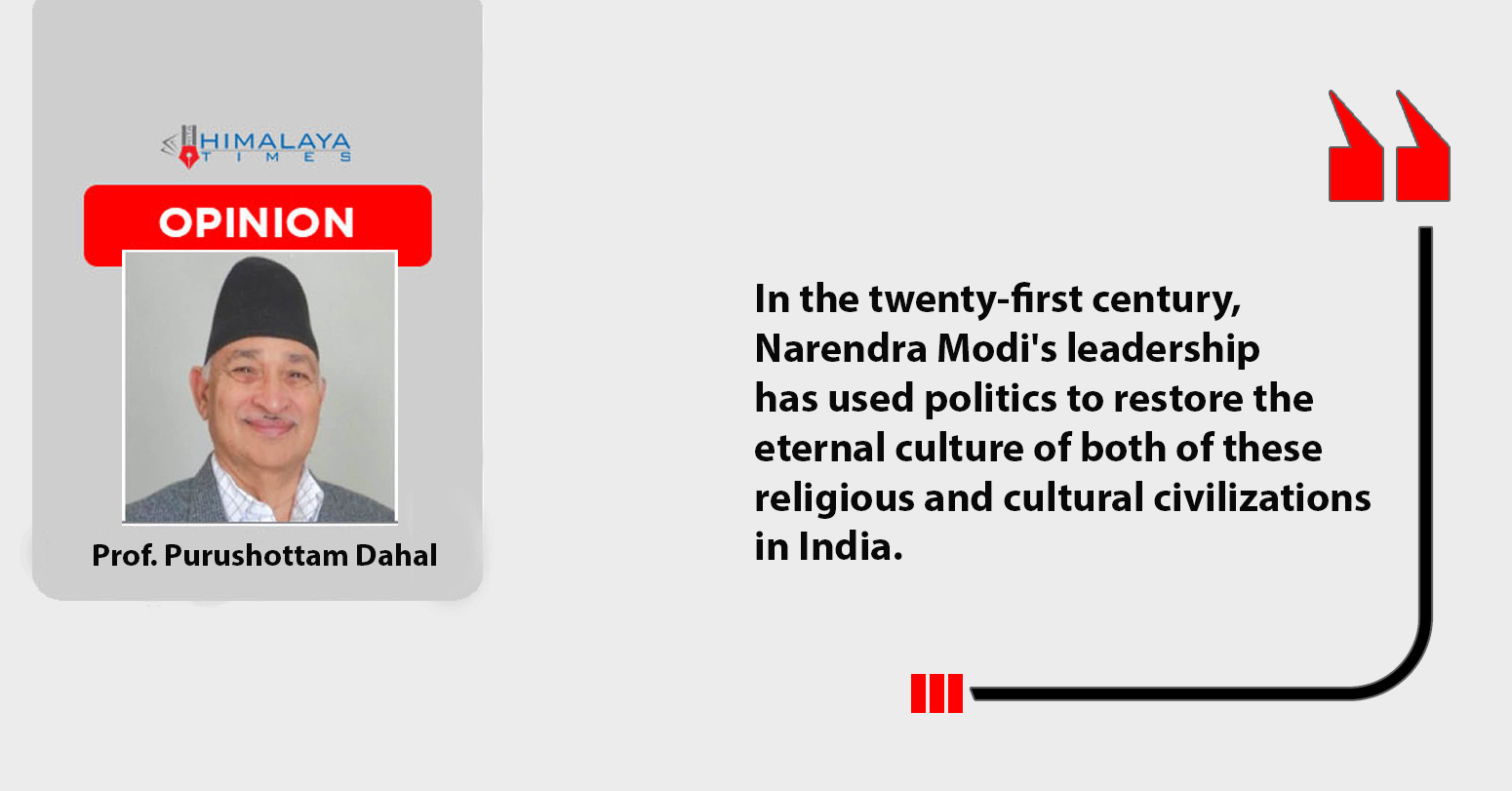


Comprehensive Data Protection Law Critically
Gender Differences In Mental Healthcare
Messi Wins Best FIFA Men’s
Erosion of Democracy
Fly Dubai Catches Fire in
“Complexities of the South Asian